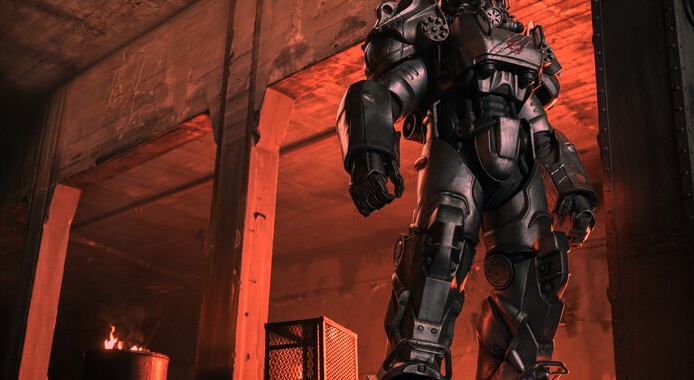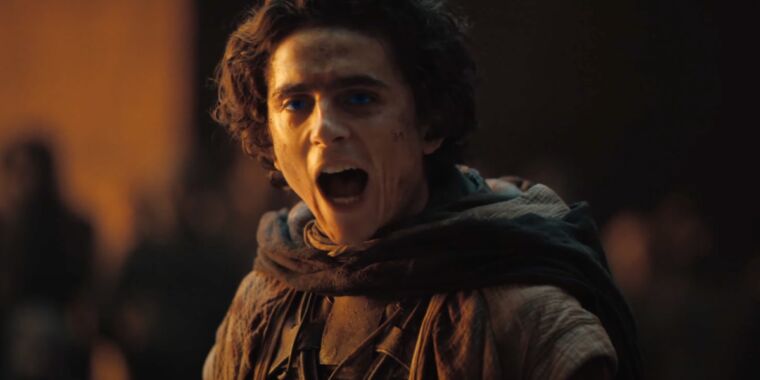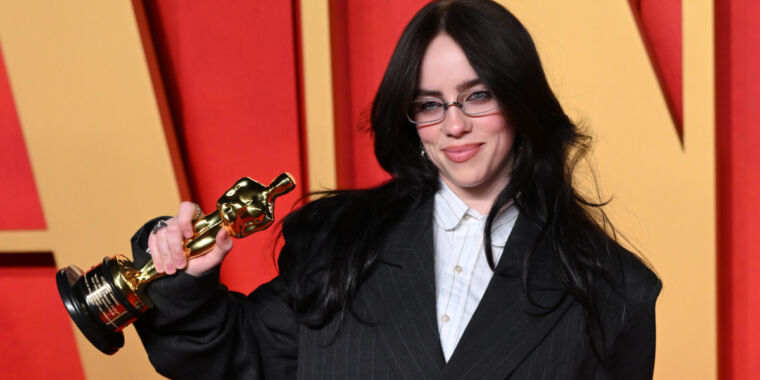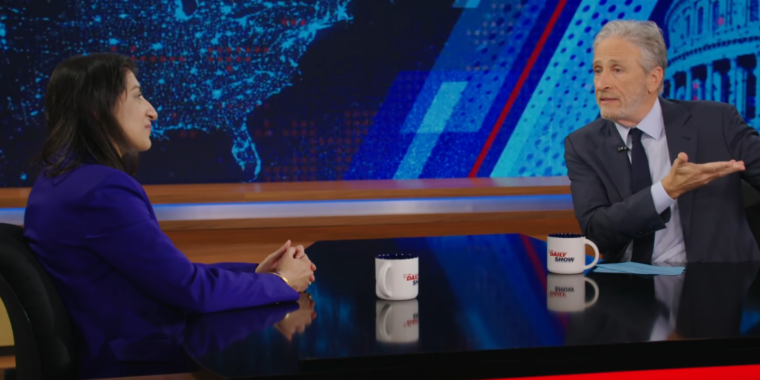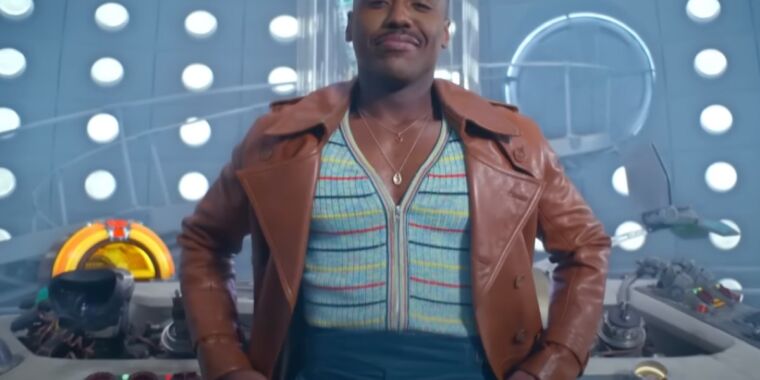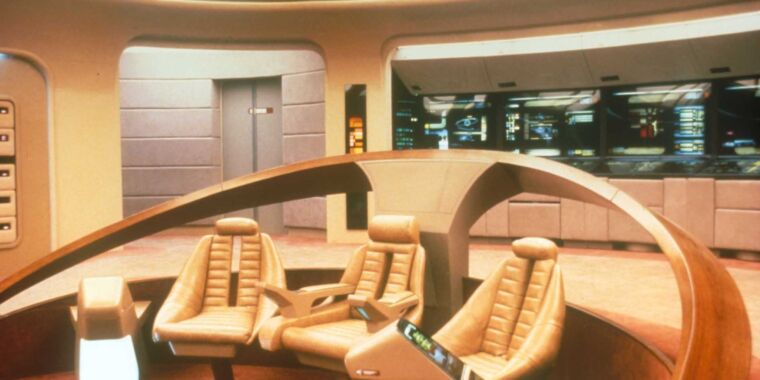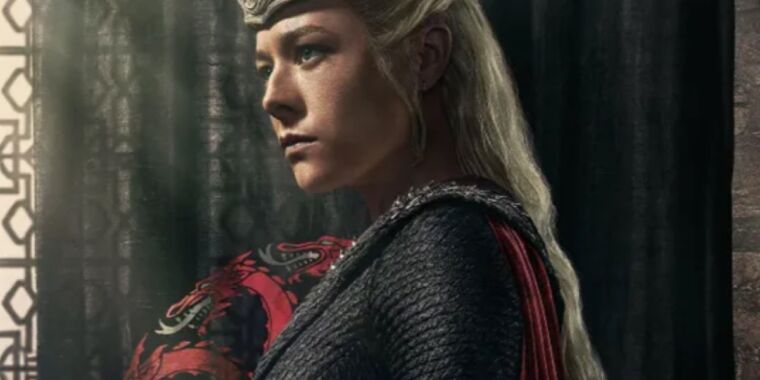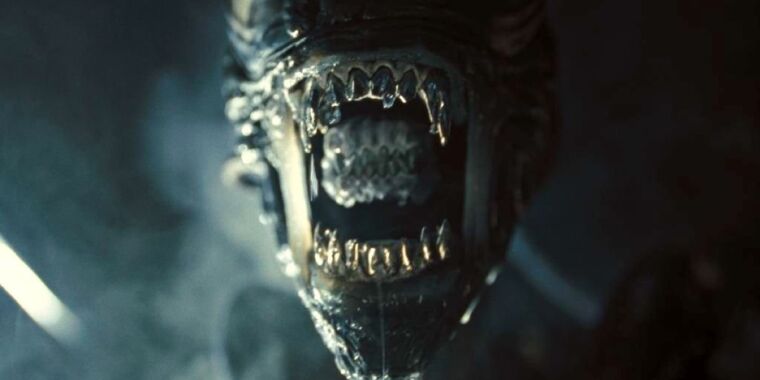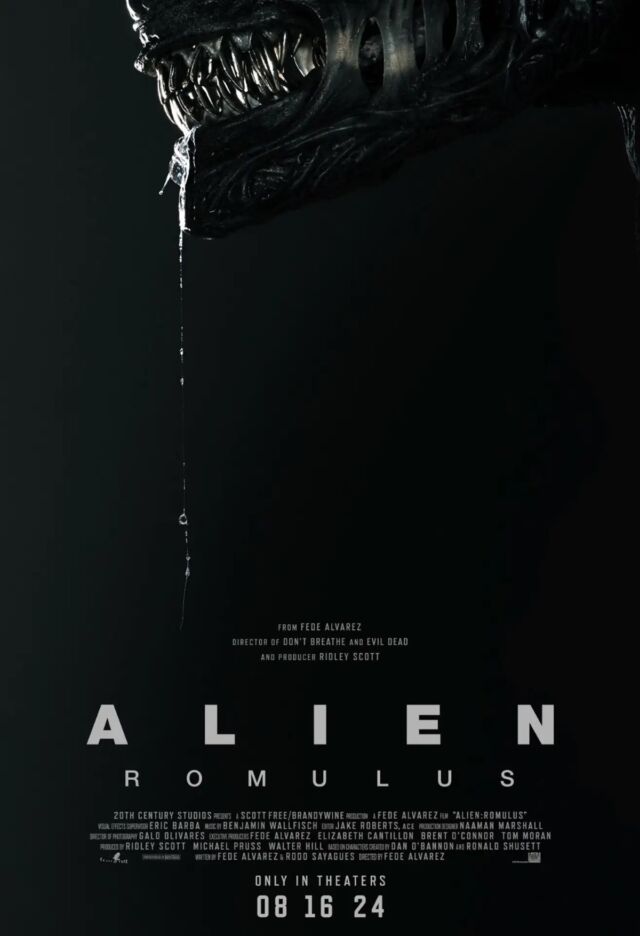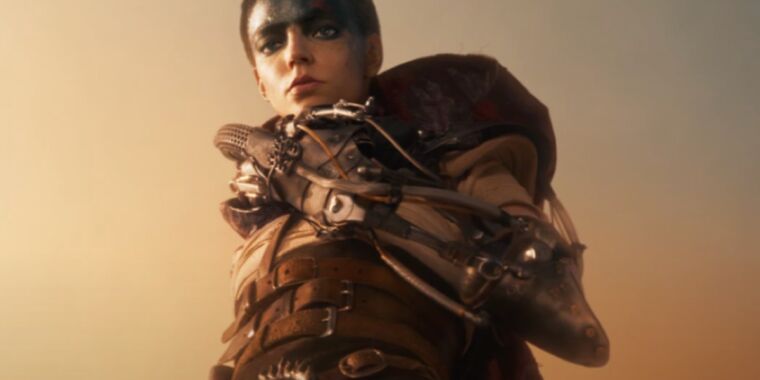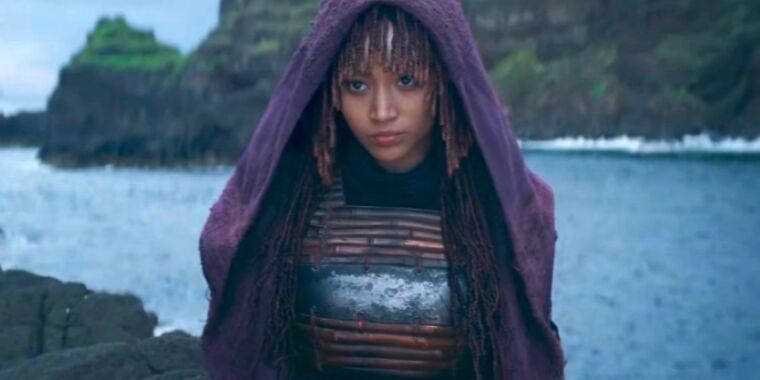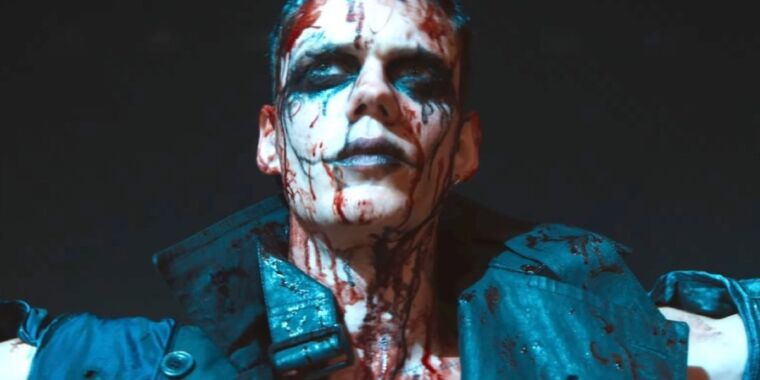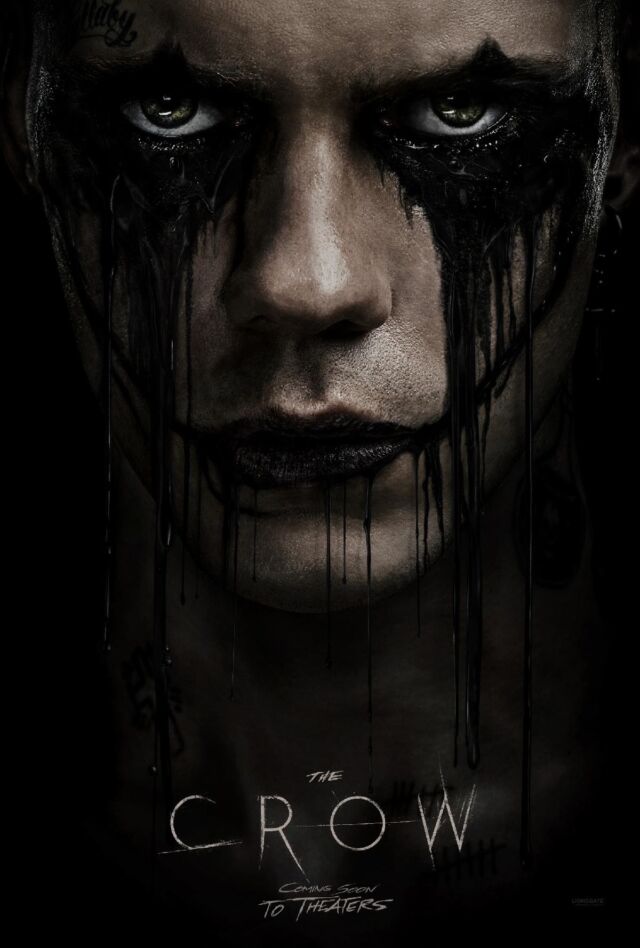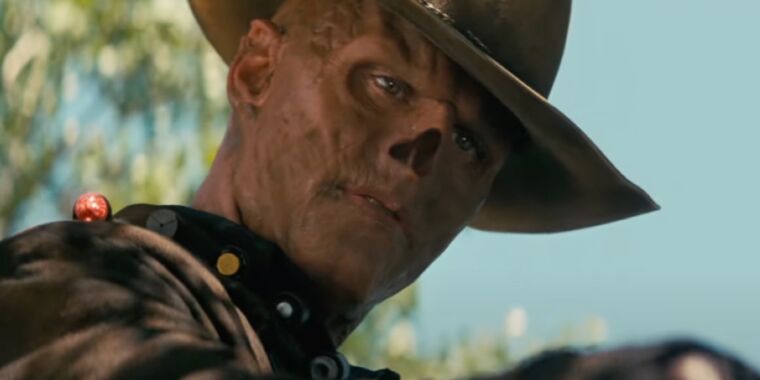Three episodes in, the Fallout TV series absolutely nails it
I Don’t Want to Set the World on Fire —
Hyperviolence, strong characters, cool visuals, and some humor make a good show.
-
Like the games, the show depicts a Vault Dweller making her way out into the Wasteland.
Amazon
-
This Brotherhood of Steel Initiate is another central character.
Amazon
-
And there’s The Ghoul, one of the show’s standout characters.
Amazon
-
Lost‘s Michael Emerson plays a compelling supporting character.
Amazon
-
Some scenes take place inside the games’ famous Vaults.
Amazon
-
And, of course, there’s power armor.
Amazon
Amazon has had a rocky history with big, geeky properties making their way onto Prime Video. The Wheel of Time wasn’t for everyone, and I have almost nothing good to say about The Lord of the Rings: The Rings of Power.
Fallout, the first season of which premiered this week, seems to break that bad streak. All the episodes are online now, but I’ve watched three episodes so far. I love it.
I’ve spent hundreds of hours playing the games that inspired it, so I can only speak to that experience; I don’t know how well it will work for people who never played the games. But as a video game adaptation, it’s up there with The Last of Us.
In my view, Fallout is about three things: action, comedy, and satire. In this spoiler-free review of the first three episodes, I’ll go over each of these touchstones and discuss how the show hit them or didn’t.
I hope to find the time to revisit the show with another, much more spoiler-y article sometime next week after I’ve seen the rest of the episodes, and we’ll save discussions about the story for then.
Fallout as an action spectacle
To say Fallout is about high-octane action might be a controversial statement, given the divide between fans of the first two games (turn-based tactical RPGs) and most of the newer games (open-world action RPGs).
Hyperviolence was being depicted and simulated in those original titles even if they weren’t part of the action genre, so I hope you’ll agree that one would expect some action and gore in a TV adaptation regardless of which Fallout games you liked.
Boy, does this show deliver. While there is some dispute over which genre the Fallout games are supposed to be, there’s no such confusion about Fallout the TV series. If it were at Blockbuster in the ’80s or ’90s, its box would be in the “Action” section.
All three episodes have at least one big-screen-worthy action set piece. They’re not expertly choreographed like a John Wick movie, but they’re thrilling regardless—mostly because of how extreme and darkly funny the violence can be.
The first big action sequence in the first episode reminded me that this show is coming to us by way of Jonathan Nolan and Lisa Joy, producers of HBO’s Westworld series. As in that show, Fallout‘s violence can be sudden, brutal, and casual. Heads explode from shotgun blasts like popped bubbles in Cronenbergian splatters. Someone’s face gets ripped right off, and another person gets a fork plunged into their eyeball.
Fallout‘s gore goes beyond Westworld’s shock factor into the territory of humor, and that’s clearly intentional. Homages to the Bethesda games’ slow-motion VATS kills are aplenty, with gratuitous shots of bullets tearing through bodies and painting the walls red.
It’s so over the top it that doesn’t bother me; it’s cartoon violence, ultimately. Most of the time, I enjoy it, though a couple of instances of dog-related violence didn’t feel too great. But if you’re squeamish, you’re going to want to steer clear. Of course, the games were like this, too. It just hits a little differently when it’s live action.
Fallout as a comedy
There are numerous executive producers attached to this show, including Nolan, Joy, and Bethesda Game Studios’ Todd Howard, among others. But the two people most creatively responsible for what we’re seeing here are the writers Geneva Robertson-Dworet (Tomb Raider, Captain Marvel) and Graham Wagner (Portlandia, Silicon Valley, The Office).
That makes sense—you have one showrunner with action and video game adaptation chops and another known for comedy.
The Fallout games are hilarious—goofy, even, and that tracks right into the show. It’s not always as laugh-out-loud funny as I expected (though it sometimes is), but it’s definitely fun, and there are some strong jokes.
It’s hard to discuss them without spoiling some punchlines, but a lot of the humor comes from the fact that one of the show’s three central characters grew up deeply sheltered, both literally and figuratively. “Okey-dokey,” she says in the face of the most horrific situations imaginable. The contrast really works.
There’s humor in other places in the show, too, especially if you like dark humor. As I said a moment ago, the violence is hilarious if you have the stomach for it. Like the games, the show has many winks and nods.
I’d like to see a little more of this in the future than there is now, but it’s enough for it to feel like, well, Fallout.
Three episodes in, the Fallout TV series absolutely nails it Read More »
